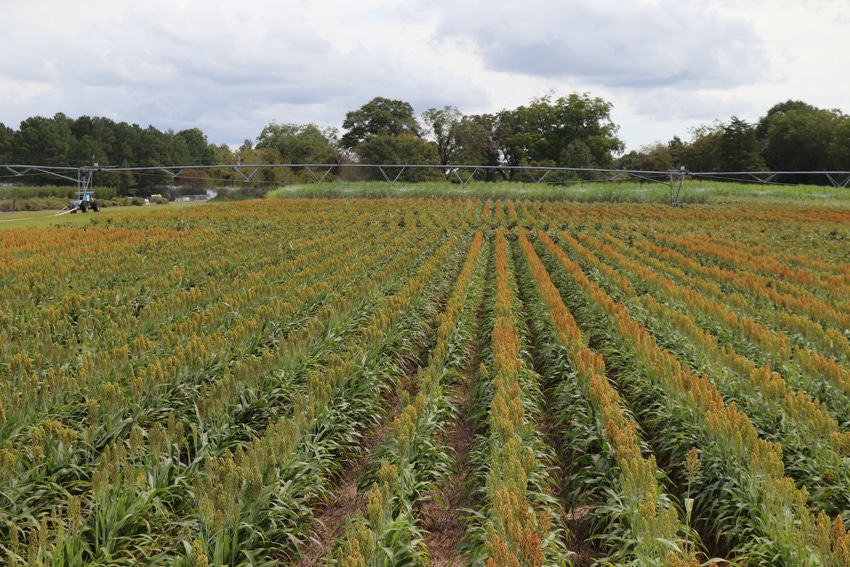
High residue cover crops offer many benefits in terms of preventing erosion, managing organic matter in the soil and scavenging residual nutrients from the prior year’s crop. But they also may create challenges by supporting secondary pests such as cutworms, three cornered alfalfa hoppers and white grubs.
Anders Huseth, North Carolina State University Extension entomologist, says the benefits of cover crops outweigh the pest risks. The key, he says, is to manage your cover crops and spring weeds to minimize insect damage risk for your cash crop.
One important management tool is to put more time, perhaps greater than four weeks, between the cover crop termination and the planting of your soybeans, cotton or corn. Huseth encourages farmers to move up their burndown sprays to avoid the “green bridge effect” where insects can move from the cover crop to the cash crop.
“A lot of these pets are coming out of the previous crop, and they’re persisting on that green bridge. If you have a lot of weeds and have cover crops out there, these insects can exploit the cover crop during the winter season and persist throughout the year,” Huseth said at a pest management road show at Granny Branch Farms in Aurora, N.C., Feb. 18.
Huseth said secondary insects take root in that green cover crop bridge which can translate into problems for your cash crop in the subsequent season. It is important to understand the secondary insects are exploiting the system and it is important to understand the probability of risk and to manage for secondary pest infestations.
“If you look at some of the cover crop blends that are marketed, insects are remarkable in their ability to exploit multiple different plant types. These diverse blends could be one reason we are seeing a lot of these increases in secondary pests throughout the system,” Huseth said.
The problem is exasperated in multiple cover crop species mix that are incorporated into a cover crop mix. Huseth said the multiple cover crop mixes that may contain up to 10 plant species offer benefits in terms of soil nutrition and preventing compaction, but they also serve as a good host for secondary insect pests.
“When we are thinking about 10 different combination of plants, we can probably bet there is going to be an insect in there that’s really going to like some component of that blend. We need to consider how insects are exploiting multiple different crop components in the system,” Huseth said, emphasizing the importance of termination timing when managing multi-species cover crops.
For example, three cornered alfalfa hopper and stem borers can be a real issue in high residue cover crop systems. Huseth noted that alfalfa hoppers reside below the residue level and are difficult to scout and manage because the residue is in the way.
“We need to be aware there are a lot of opportunities to get out there and scout and manage these pests, so they don’t create an issue in your cash crop. Many of these insects are really easy to control because we don’t deal with the same level of resistance we do with some of our key pests, but they are something that could cause some stand loss if they aren’t managed,” Huseth said.

About the Author(s)
You May Also Like






